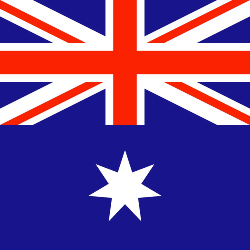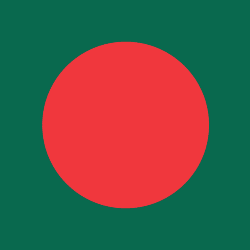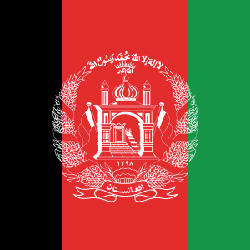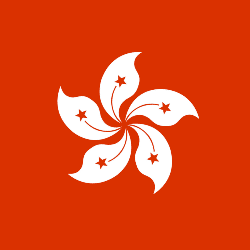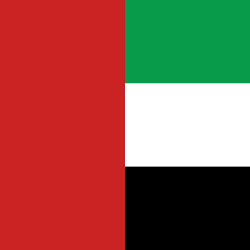Tunisia’s revolution 14 years on: ‘The emperor has no clothes’
Fourteen years ago, on January 14, 2011, Tunisians filled Habib Bourguiba Boulevard, the central thoroughfare of Tunis, with cries of freedom and dignity as they celebrated the ousting of dictator Zine El Abidine Ben Ali. He had fled the country and announced his resignation after 28 days of relentless civil disobedience expressed by public square “occupations” in almost every city of the country, triggered by the haunting self-immolation of fruit seller Mohamed Bouazizi in the town of Sidi Bouzid.
The Tunisian people’s victory against their longtime oppressor and his suffocating, corrupt regime was so remarkable, so spectacular that it inspired a wave of Arab uprisings across the region.
In major cities from Yemen to Morocco, millions of freedom-hungry denizens joined the Tunisian “occupiers” of the Bourguiba Boulevard to celebrate the ouster of their fiercely authoritarian regime and call for their own liberation. With the Tunisian people’s perceived achievement of “karama” (dignity) and “hurriyya” (freedom) a new movement was born that placed the entire region on a revolutionary trajectory of “tahrir” (emancipation).
More than a decade later, the legacy of these uprisings, which came to be known as the “Arab Spring”, is mixed at best. One Arab country, Syria, which began its own revolutionary journey right after Tunisia on March 30, 2011, armed rebels managed to oust dictator Bashar Al-Assad only last month, after 14 years of devastating war and loss. In other Arab Spring countries, including Tunisia, the revolution came faster but has been short-lived with authoritarianism, oppression and conflict re-entering the picture soon after the initial successes of the revolting masses.
All this, of course, does not take away from the moral and political valour of the 2011 uprisings. The moral symbolism of these revolutions – as the remarkable victories of once muted peoples against some of the most coercively guarded states in the world – has staying power.
The new social and political patterns of public life that emerged on the back of these revolutions have endured in Tunisia and the rest of the Arab region. The body politic of the state before 2011 was dominated by political decay of delegitimised rulers and........
© Al Jazeera


